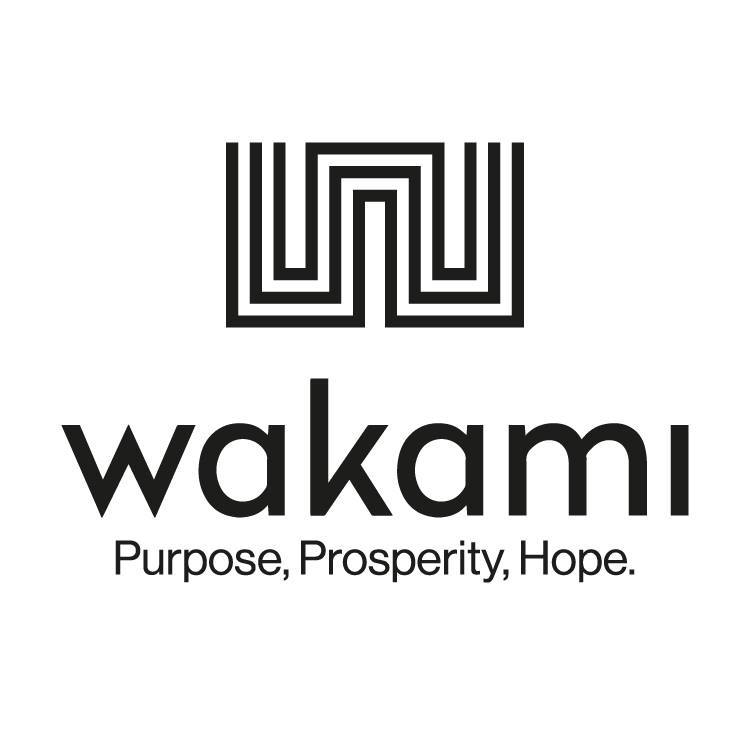
good things happen
The school year runs from mid-January to mid-October, with a 2-week break in the middle of the year. But this year for the pandemic, started in February and will finish in November.
- Pre-School (ages 4 to 6) Optional. Public or government institutions only work with children aged 5 and 6. So younger children must attend a private institution.
- Primary (grades 1-6)
- Secondary (Middle School, grades 7-9)
- Diversified (High School, grades 10-11 or 10-12) Students choose either a 2-year baccalaureate program to prepare for university, or a 3-year vocational program to train for technical careers.
- College There are public and private institutions; the length of the program depends on the degree.
Education is theoretically ‘free’ up to grade 6. But in government (public) primary schools, parents are still required to pay a portion of the tuition, which increases with each grade level – up to 80% at 6th grade. In addition, parents have to pay for uniforms, supplies and transportation.
Government schools are scarce, though, especially in rural areas, so other organizations have created schools to fill the gap. For these non-government (private) schools, parents have to pay 100% of the tuition at every grade level, plus uniforms, supplies and transportation. There are no government schools beyond 6th grade, so all students must pay full tuition for grades 7-12 and college.
Estimated average costs, including tuition, transportation, uniform and other costs. these are costs during a typical school year for Wakami children:
|
Public |
Private |
|
|
Preschool/Primary School |
$ 200 |
$ 450 |
|
Middle School |
$ 450 |
$ 600 |
|
High School |
$ 700 |
$ 1,600 |
|
College |
$ 900 |
$ 8,000 |
* this amount is based on the 2019-2010 school year
According to The World Health Organization, 75% of rural Guatemalans live below the national poverty level of $2 per day. For indigenous people in the villages, 40% live in extreme poverty ($1 per day or less)
While families are not paying for transportation or uniforms while their children are not in school, they are paying increased amounts for technology (cell phones, data plans, computer services when available) and sometimes private teachers to come to the villages. The costs have increased in most villages depending on the specific needs of the families.
The cost of implementing and operating the scholarship program is $ 45,000. This amount
helps to cover school expenses for children of Wakami communities, this also administrative
expenses, which cover visits to the communities, monitoring of school attendance and
counseling mothers to improve the use of their income and support their children, which
together manage to support education in our Wakami communities.
Yes! Please make checks payable to: Wakami Foundation. Write “Scholarship Program” on the memo line and mail to:
Wakami Foundation
1435 Pulaski Road
Buffalo, MN 55313
The Wakami Foundation is a Minnesota-based, 501(c)(3) charitable organization authorized to accept tax-deductible contributions.



